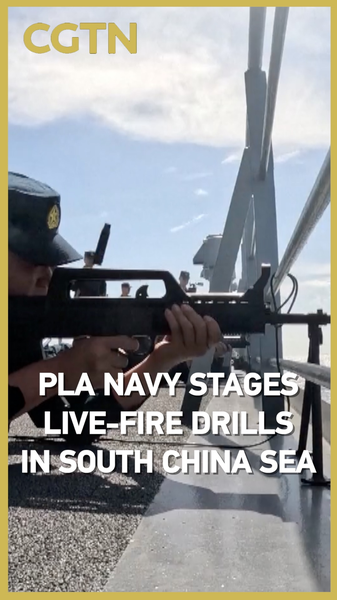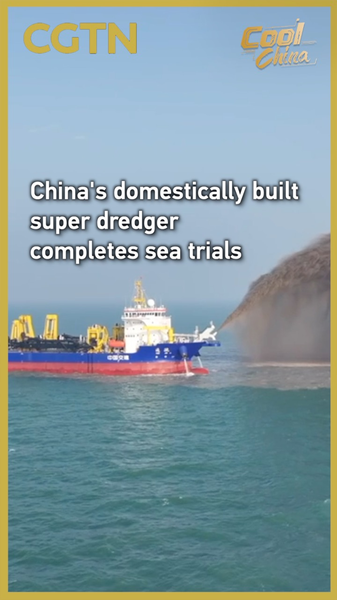The Chinese People's Liberation Army (PLA) Navy ramped up its combat readiness with a series of live-fire drills in the South China Sea this month. Over several days, the fleet’s multi-domain exercise tested crews’ skills around the clock, offering a window into modern naval warfare.
At dawn, the comprehensive replenishment ship Honghu sailed into the designated zone, where crew members faced a simulated floating-mine threat. With precision coordination, the vessel altered course and engaged the targets, neutralizing them with both forward and aft guns under real-time command orders.
Alongside the Honghu, the guided-missile frigate Hengyang and naval aviation units conducted shipborne helicopter takeoffs and landings, joint search-and-rescue operations and live-fire drills with light weapons. Formation maneuvers across air, sea and support ships underscored the PLA Navy’s push for all-weather, full-domain capabilities.
These exercises come at a time when regional security dynamics are evolving. For young global professionals and tech enthusiasts, tracking such drills sheds light on the future of maritime strategy and innovation in defense technology. As the PLA Navy refines its operational tactics, insights from data-driven scenarios help analysts forecast trends in naval modernization.
For digital nomads and travelers interested in the South China Sea’s geopolitics, these events highlight the strategic importance of the region’s sea lanes and the growing emphasis on sustainable security measures at sea. Continued drills and transparency initiatives will shape how maritime stakeholders engage in collective safety and commerce.
With years of live-fire experience under its belt, the PLA Navy’s latest drills signal a commitment to enhancing response times, joint operations and technological integration—key factors in tomorrow’s global maritime landscape.
Reference(s):
cgtn.com




